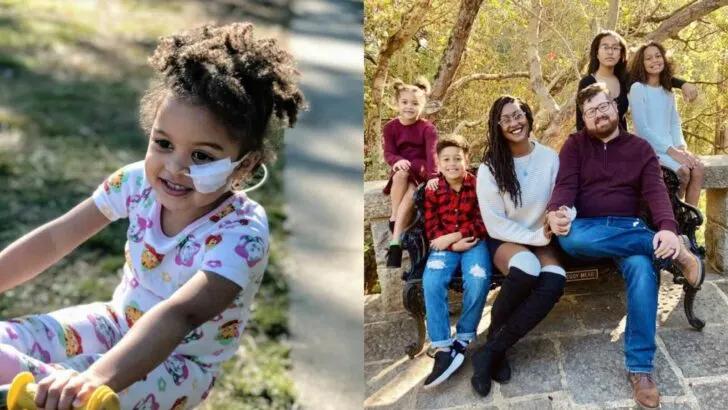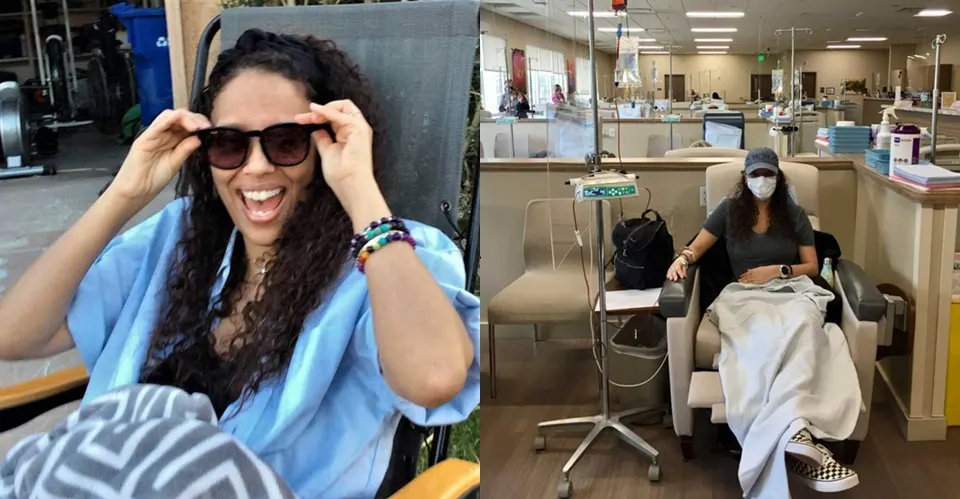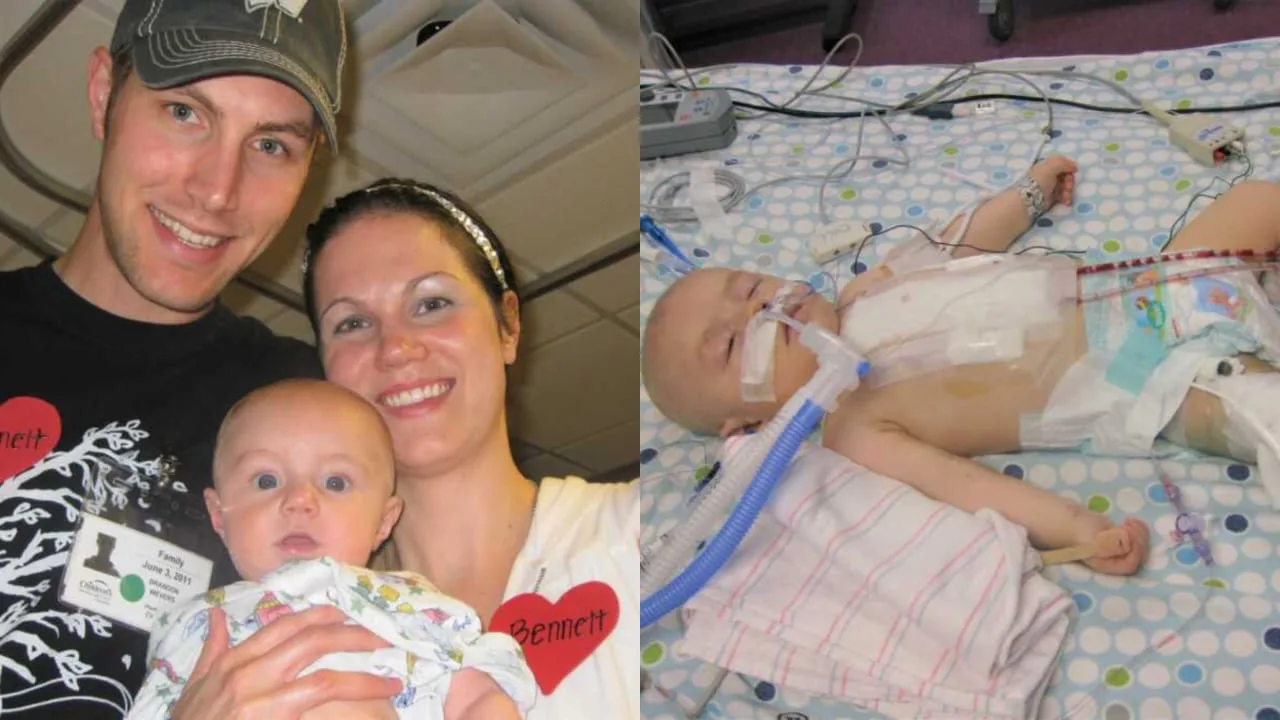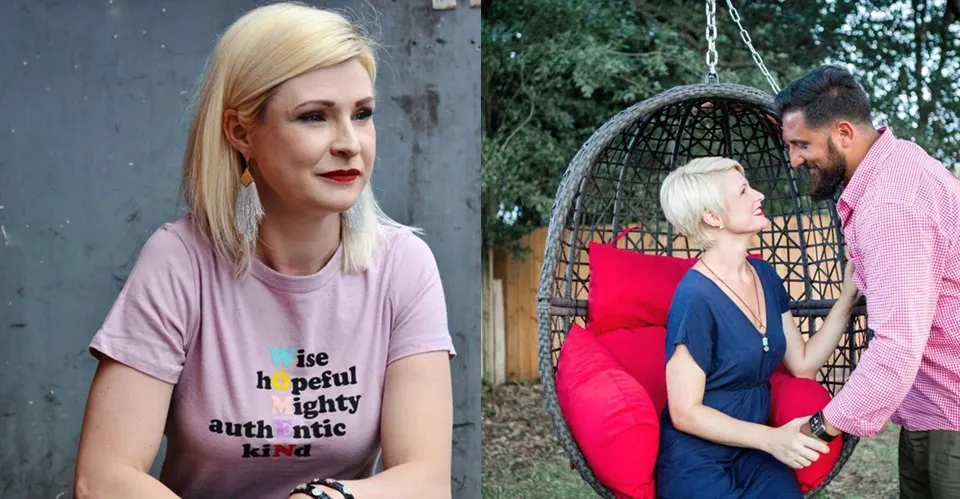Almost ten years ago, I was in a hospital room holding my newborn son. Our family had come to meet him, and everyone was so excited. My girls couldn’t wait to see their baby brother in the nursery. I stood up to walk with them, and suddenly a splash of dark red blood hit the floor. Everyone gasped. I quickly told my kids to step outside with their grandma, trying to keep them from seeing what was happening. Only my oldest caught a glimpse. A nurse told them I had spilled juice to calm them down.

I called for help. The nurse checked and said it was more blood than normal but maybe it was just pooling. She massaged my uterus and let me go see the baby in a wheelchair. I introduced the kids to their new brother, Gannon, and I was so proud. But as they admired him, I knew I was bleeding heavily. I didn’t want to ruin that moment for them. Back in the room, I quietly asked my husband to take everyone out so I could call for the nurse again.
This was my husband’s biggest fear. Since our first baby, he worried I would hemorrhage, even though nothing had happened before. When he walked back in and saw the nurses weighing blood-soaked cloths, he turned pale. I begged him to leave, but he wouldn’t. The doctor said they needed to stop the bleeding fast. There was no time for medicine. The procedure they did was the most painful thing I have ever experienced, but it worked. I didn’t lose my uterus, and I didn’t have to go to surgery. My husband remembers that day as the worst of his life, but I held my son while getting a transfusion and felt thankful we both were safe.

Two years later, I felt restless one night and decided to take a pregnancy test. My period was always on time, so being late scared me. When the timer went off, I saw two dark lines. Positive. My heart raced. I was excited but nervous. I remembered the birth with Gannon and knew my husband would be terrified. When I told him, he tried to stay calm, but I could see the worry in his eyes.

At our first ultrasound, we saw two sacs. Twins? But only one baby had a heartbeat. My husband later admitted he was relieved. He feared I couldn’t survive carrying twins. A few weeks into the pregnancy, I started feeling short of breath. One day while cleaning, I fainted. At the hospital, a scan revealed blood clots in both of my lungs. I was put on blood thinners immediately. I cried, terrified for the baby, but the doctors reassured me the medicine was safe. My husband, though, was crushed. He told me he felt like I kept almost leaving him.
The pregnancy was rough, full of shots and high-risk appointments, but my baby, Asher, grew strong. Labor went smoothly. I cut the cord myself, something my husband wanted me to experience. We were overjoyed. But soon after, doctors noticed Asher hadn’t passed meconium and was vomiting. She was admitted to the NICU. I hated seeing her like that. For six days she struggled, and I felt helpless, pumping milk instead of nursing her. But when she came home, she finally latched and began to thrive, though she had noisy breathing and reflux.

As she grew, we noticed feeding problems. She chewed food but couldn’t swallow it. For years we begged doctors to listen. At first, they brushed it off. Tests kept coming back normal until finally she was diagnosed with EOE and later gastroparesis. She needed a feeding tube, and within weeks, she gained weight and had energy like never before. But then came terrible leg pains, vomiting, and fainting spells.

One doctor accused me of seeking attention and even suggested Munchausen’s by proxy. His words followed us, making it harder to get care. It was crushing. But with help from supportive nurses and eventually transferring her care to Cincinnati Children’s, doors began to open again. We found doctors who listened. Asher was finally diagnosed with a mitochondrial disease, which explained so many of her symptoms.

Now, life is still full of appointments and challenges, but we’re in a better place. Asher has a feeding tube, specialists who care, and even a service dog trained to detect her pain flares. Watching them together gives me hope. If I’ve learned anything, it’s this: parents must trust their instincts.

Doctors should listen when we say something is wrong. We aren’t experts in medicine, but we are experts on our kids. And our kids deserve to be heard.




